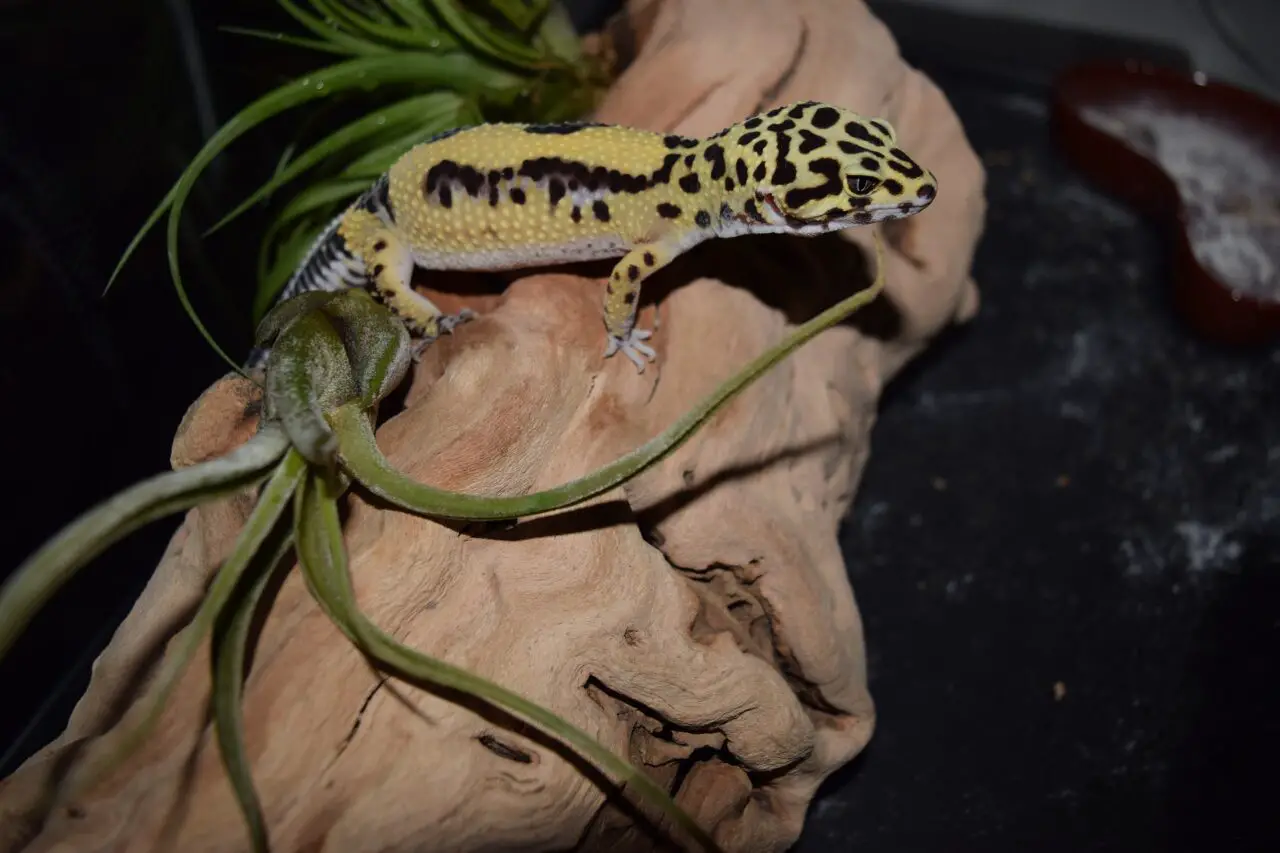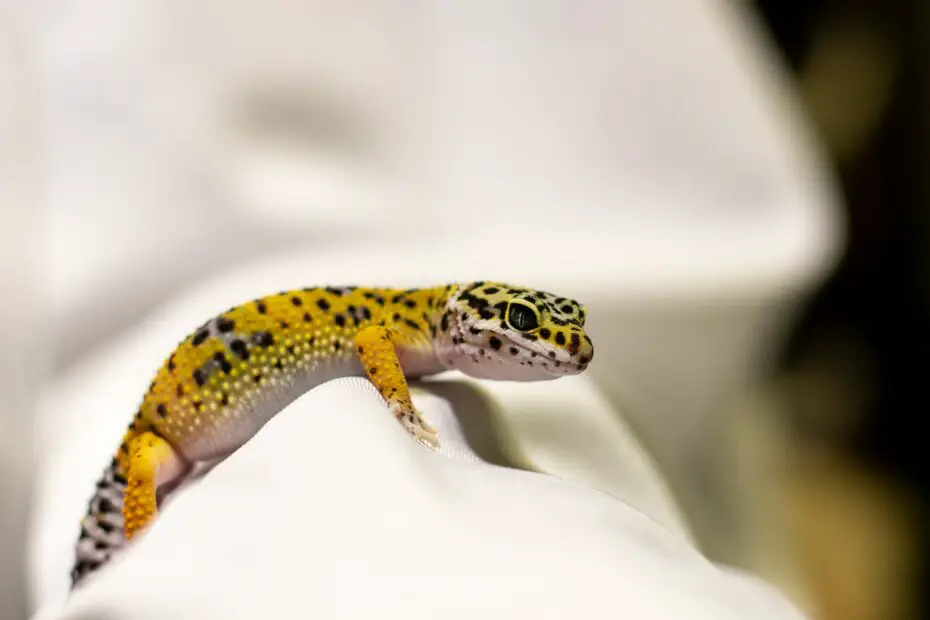Where do Leopard Geckos Live?Leopard geckos are popular reptilian pets known for their docile temperament and unique appearance. They are native to the dry, rocky deserts of Asia, specifically Afghanistan, Iran, Pakistan, and parts of India. In this blog post, we will discuss where leopard geckos live in their natural habitat.
You may also want to read about how long do leopard geckos live.
Where do Leopard Geckos Live?
Leopard geckos are found in arid and semi-arid regions, including deserts, rocky outcrops, and scrublands. They prefer to live in areas with loose soil or sand, where they can easily dig burrows to escape the heat of the day and seek shelter from predators.
Leopard geckos have a relatively wide distribution range that includes the arid regions of Afghanistan, Iran, Pakistan, and India. They are also found in some parts of Nepal and Bangladesh. In their natural habitat, leopard geckos are adapted to living in areas with extreme temperatures, ranging from hot and dry during the day to cold and windy at night.
Burrows and Hideouts
Leopard geckos are primarily nocturnal, spending most of their day hiding in burrows or under rocks to escape the heat of the desert sun. Their burrows can be found in the loose sand, soil, or rocky outcroppings and are usually dug by the gecko itself. They can be up to a few feet deep and contain several chambers for the gecko to retreat to.
During the night, leopard geckos emerge from their burrows to hunt for prey and engage in other activities such as mating and territorial defense. They are well-adapted to the dark and use their keen sense of smell and hearing to locate prey.

Natural Diet
In their natural habitat, leopard geckos are opportunistic predators, feeding on a variety of insects such as crickets, mealworms, roaches, and other small invertebrates. They are known for their ability to catch and consume prey larger than their head. Their diet can vary depending on availability, but they generally consume insects and other arthropods.
Predators and Threats
Leopard geckos have several natural predators in the wild, including birds of prey, snakes, and other larger reptiles. To avoid predation, leopard geckos have several defensive mechanisms such as camouflage, the ability to shed their tails, and the ability to make loud vocalizations.
Human activities, such as habitat destruction, poaching, and the illegal pet trade, are also significant threats to leopard geckos in the wild. However, these activities have not impacted their populations significantly, and leopard geckos are considered to be a species of “least concern” by the International Union for Conservation of Nature (IUCN).
Conclusion
Leopard geckos are fascinating creatures that have adapted well to their harsh desert environment. Their unique characteristics and behaviors make them popular pets for reptile enthusiasts around the world. Understanding where they come from and how they live in the wild is essential for providing optimal care for pet leopard geckos in captivity. While they are relatively easy to care for and make great pets, it is important to remember that leopard geckos are wild animals and should be treated with respect and care.
